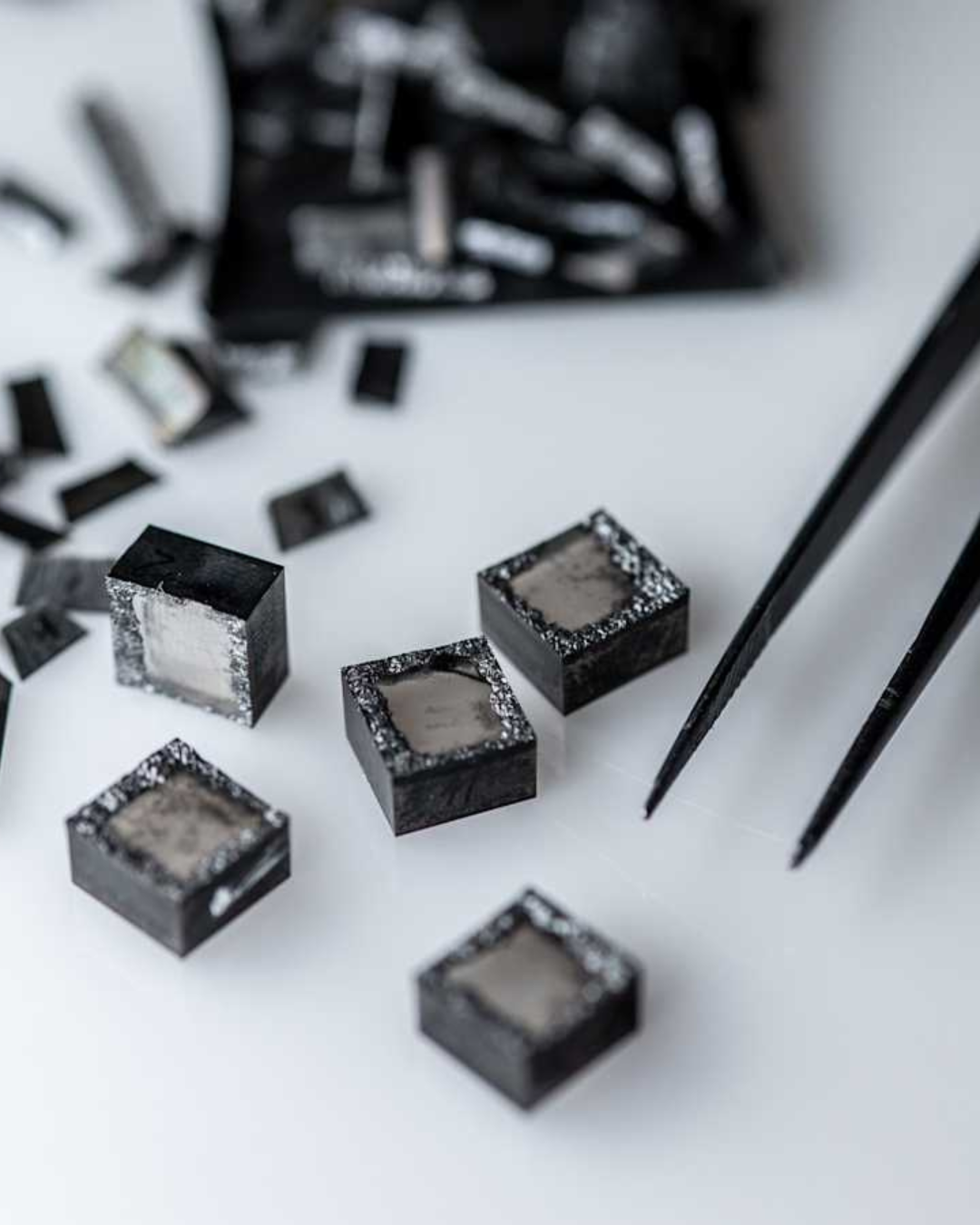
How are lab-grown diamonds made? The science behind the sparkle
Diamonds have long been associated with rarity, beauty, and the natural wonders of the Earth. But today, lab-grown diamonds are offering a modern twist on this classic gem. The process of creating a diamond in a laboratory is a fascinating fusion of science and art, bringing cutting-edge technology into the world of fine jewelry. So, how exactly are lab-grown diamonds made? Let’s uncover the sparkle behind the science.
The High-Pressure High-Temperature (HPHT) Method
One of the main techniques used to grow diamonds in a lab is the High-Pressure High-Temperature (HPHT) method. This method mimics the natural conditions found deep within the Earth, where diamonds are formed over millions of years.
In the HPHT process, carbon is subjected to extreme pressure and temperatures—over 2,000 degrees Celsius and pressures of 1.5 million pounds per square inch. Under these conditions, the carbon atoms crystallize into diamond form. This process takes only a few weeks, compared to the millennia it takes for diamonds to form in nature. The result? A stunning, real diamond that is visually and chemically identical to a mined diamond.
The Chemical Vapor Deposition (CVD) Method
Another innovative way to create lab-grown diamonds is the Chemical Vapor Deposition (CVD) method. Unlike HPHT, which relies on extreme pressure and heat, CVD uses a process that grows diamonds from a carbon-rich gas.
In a CVD chamber, a diamond seed—a tiny piece of a diamond—is placed and exposed to a gas mixture (often methane) and a plasma beam. The gas breaks down, and carbon atoms deposit onto the diamond seed, growing it layer by layer. This method allows for greater control over the diamond’s size, quality, and shape, and can also be used to create large, high-quality diamonds for jewelry.
The CVD process is both efficient and precise, allowing for the creation of diamonds that are just as beautiful as those found in nature, but without the environmental impact of mining.
The Timeframe and Precision of Diamond Growing
While the natural process of diamond formation takes millions of years, lab-grown diamonds can be created in just a few weeks. However, that doesn’t mean they’re produced in a hurry. The precision required in both the HPHT and CVD methods is meticulous. Every step is carefully controlled to ensure that the resulting diamonds meet the highest standards of brilliance and clarity.
Once the diamond is grown, it is carefully cut and polished by skilled artisans—just like a mined diamond. The end result is a stunning gem, ready to be set into a piece of fine jewelry, reflecting the perfect balance of nature’s beauty and human ingenuity.
The Sparkling Future of Lab-Grown Diamonds
At VONA, we believe in the power of innovation and sustainability. Lab-grown diamonds are a testament to both. They offer the same timeless beauty as natural diamonds but with a modern, eco-friendly twist. The science behind lab-grown diamonds not only allows us to enjoy stunning gems, but it also provides a way to do so consciously, without the environmental and ethical challenges of traditional mining.
Whether it’s the HPHT or CVD method, the creation of lab-grown diamonds is a marvel of modern science. Each diamond is a symbol of progress, precision, and possibility, offering a glimpse into the future of fine jewelry.
